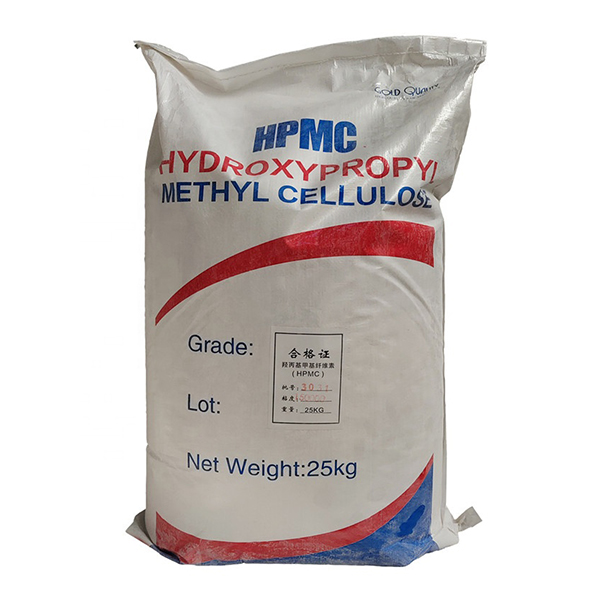The Significance of Cellulose in Nature and Industry
Cellulose is one of the most abundant organic polymers on Earth, playing a crucial role in both nature and various industrial applications. Composed of glucose units linked by β-1,4-glycosidic bonds, cellulose forms the structural component of the primary cell wall of green plants, algae, and fungi. Its unique properties not only contribute to the rigidity and strength of plant structures but also make it an essential resource for human use.
In nature, cellulose serves a pivotal function in the growth and stability of plants. It provides structural support, allowing trees to reach incredible heights and plants to thrive in various environments. This polysaccharide is the primary component of plant fibers, such as cotton and linen, which are fundamental to the textile industry. The cellulose fibers are processed and transformed into textiles, showcasing its versatility and importance in daily life.
The Significance of Cellulose in Nature and Industry
The significance of cellulose extends beyond its ecological role—it is a raw material with diverse industrial applications. In the realm of paper production, cellulose fibers are extracted from wood pulp, recycled paper, or plant sources to create a wide range of paper products. The papermaking industry relies heavily on the properties of cellulose to produce high-quality paper that meets various functional and aesthetic requirements.
celulosa

In addition to paper, cellulose is utilized in the food industry as a thickening agent, stabilizer, and emulsifier. It is often added to processed foods to enhance texture, improve moisture retention, and increase dietary fiber content. As consumers become more health-conscious, cellulose's role as a safe and natural food additive has gained prominence.
Another exciting application of cellulose is in the field of renewable energy. As the world seeks sustainable alternatives to fossil fuels, cellulose is being explored as a source of biofuels. Through enzymatic or microbial processes, cellulose can be converted into glucose, which can then be fermented to produce ethanol. This not only provides a renewable energy source but also reduces greenhouse gas emissions, contributing to environmental sustainability.
In recent years, advances in technology have led to the development of nanocellulose, which has emerged as a promising material in various applications. Nanocellulose, derived from cellulose fibers, possesses remarkable mechanical, optical, and thermal properties. It can be used in nanocomposites, packaging materials, and biomedical applications, demonstrating the broad potential of cellulose in innovation.
In conclusion, cellulose is much more than just a structural component of plant life; it is a versatile and vital resource that impacts various aspects of our world. Its significance in nature, coupled with its myriad industrial applications, makes cellulose an invaluable substance in contemporary society. As research continues to unlock its potential, cellulose is poised to play an even more critical role in sustainable development, health, and technological advancements. By understanding and leveraging this remarkable polymer, we can pave the way for a more sustainable future.
-
Premium Detergent Grade HPMC Hydroxypropyl Methylcellulose: Superior Thickening & StabilityNewsAug.31,2025
-
HEC 100000 Hydroxyethylcellulose for Paint | Superior ThickeningNewsAug.30,2025
-
Wall Putty Rdp Powder Packaging DesignNewsAug.29,2025
-
Introduction to Hpmc Hydroxypropyl Methyl CellulosNewsAug.29,2025
-
Hpmc Industri Grade IntegrationNewsAug.29,2025
-
How to Choose the Right Construction AdhesiveNewsAug.29,2025




